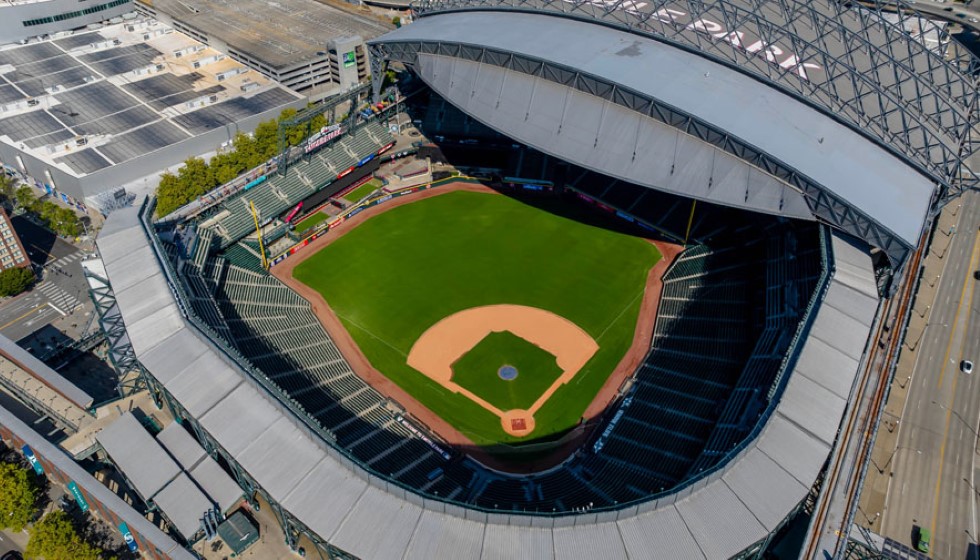
For over two decades, Tropicana Field in St. Petersburg has been synonymous with the Tampa Bay Rays. Since the team's inaugural year in 1998, this stadium has hosted countless baseball memories. However, recent events have cast a shadow over the future of this iconic venue, as Hurricane Milton inflicted severe damage that has left the stadium's fate hanging in the balance.
The devastation caused by Hurricane Milton is extensive, rendering Tropicana Field unfit to host the opening games of the 2025 season. In light of this, repairs are not just a necessity but a pressing challenge. The estimated financial outlay required to restore the stadium is pegged at approximately $55.7 million, a hefty sum for the City of St. Petersburg, which holds responsibility as the stadium's landlord.
The city has taken action by filing an insurance claim, albeit with a significant deductible of $22 million against the policy's $25 million coverage. This situation arises from a decision to reduce the insurance coverage from $100 million in an effort to save $275,000 in premium payments. While this move may have shaved some costs initially, it has left the city facing a substantial financial hurdle now, as they are compelled to front the deductible to access the insurance funds.
Even with the insurance payout, there remains an $8 million gap between the projected repair costs and the funds available. Complicating matters further, St. Petersburg's finances are stretched thin by its commitment to constructing a new ballpark, slated to open in 2028, which will become the Rays' future home. This dual financial burden poses a significant challenge for the city as it navigates the immediate repairs for Tropicana Field and its long-term facility plans.
The repair project, if executed according to plan, forecasts the reopening of Tropicana Field in 2026. Should this scenario materialize, there looms the potential for the Rays to return for one last bow at their longstanding home before transitioning to the new stadium. However, the 2025 season is already prompting contingency planning, as the Rays will need alternative arrangements during the stadium's repair period. Where they will play, and how those logistics will unfold, are questions that are yet to be resolved.
The situation is not merely a logistical issue; it bears implications for the strategic positioning of the Rays in Major League Baseball. Decisions made in the forthcoming months will inevitably influence not only the fate of Tropicana Field but also the broader trajectory of the Rays' franchise. As stakeholders deliberate on the way forward, the entire baseball community watches closely, mindful that the course taken could have lasting impacts on the team's legacy and competitive standing.
The challenge facing Tropicana Field and the City of St. Petersburg is emblematic of the broader challenges sports franchises and their host cities frequently encounter. Balancing immediate needs with future aspirations requires dexterity and foresight, qualities that will undoubtedly be tested as this situation evolves. For now, the Rays, their fans, and the city must navigate a period of uncertainty, hoping that the solutions crafted today will preserve a storied past while ushering in a promising future.